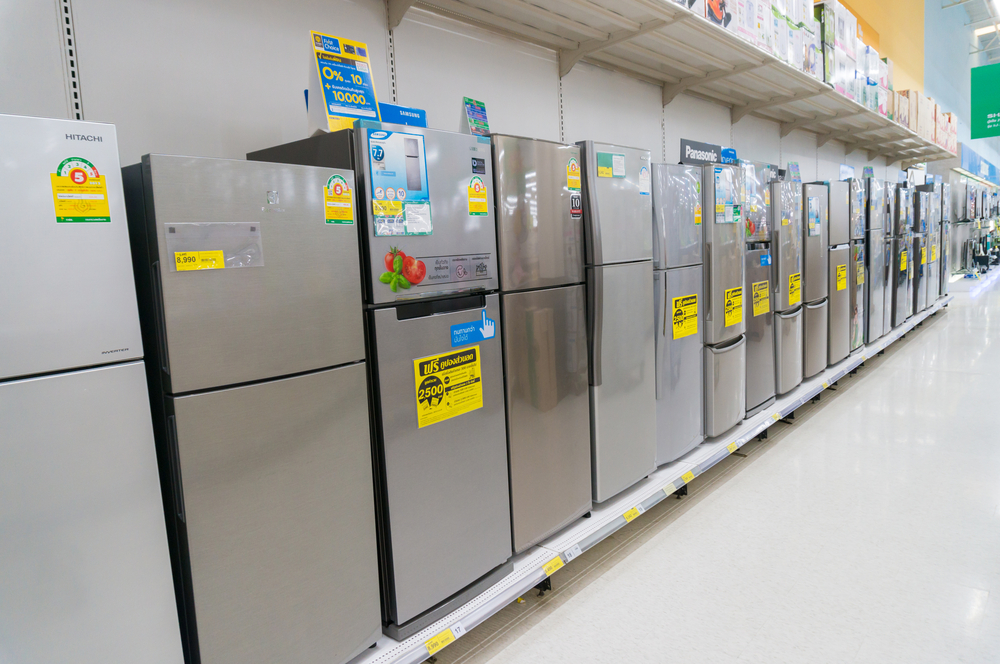Comprehensive Guide To Unsold Home Appliances
Unsold home appliances represent a unique opportunity for consumers seeking quality household equipment at potentially reduced prices. These products, which remain in retailer inventory due to overstock, seasonal changes, or model updates, often maintain their original quality and warranty coverage while offering financial advantages to informed buyers. Understanding the dynamics of unsold appliance markets can help consumers make strategic purchasing decisions that balance cost savings with functionality needs.

What are Unsold Home Appliances
Unsold home appliances encompass products that retailers, manufacturers, or distributors have been unable to sell within their standard sales cycles. These items typically include refrigerators, washing machines, dishwashers, ovens, and other household equipment that remain in inventory beyond anticipated timeframes. The reasons for appliances remaining unsold vary considerably, ranging from seasonal purchasing patterns and overordered inventory to discontinued models being replaced by newer versions.
These appliances generally maintain their original quality standards and manufacturer warranties. Unlike damaged or returned products, unsold appliances are often brand new, still in original packaging, and have simply exceeded their planned shelf time. Retailers and manufacturers frequently seek to clear this inventory to make room for newer models or to improve cash flow, creating opportunities for cost-conscious consumers.
Unsold Home Appliances Buying Tips
Successfully purchasing unsold home appliances requires strategic timing and thorough research. End-of-season sales periods, particularly late fall and early spring, often present optimal buying opportunities as retailers clear inventory for new seasonal stock. Model year transitions, typically occurring in late winter and early spring, also create favorable conditions for finding discounted appliances.
Verification of warranty coverage remains crucial when purchasing unsold appliances. Most reputable retailers honor manufacturer warranties regardless of how long the appliance remained in inventory, but confirming coverage terms before purchase prevents future complications. Additionally, inspecting appliances for any storage-related issues, such as dents or scratches from warehouse handling, ensures you receive products meeting your quality expectations.
Research specific model reviews and energy efficiency ratings before committing to purchases. Unsold appliances may represent discontinued models, making it important to understand their performance characteristics and long-term reliability. Comparing features and specifications with current models helps determine whether older inventory meets your household needs effectively.
Pros and Cons of Getting Unsold Home Appliances
Purchasing unsold home appliances offers several distinct advantages, primarily centered around cost savings and value optimization. Significant price reductions, often ranging from 20% to 50% below original retail prices, make quality appliances more accessible to budget-conscious consumers. These savings enable households to upgrade to higher-end models or features that might otherwise exceed their budgets.
However, potential drawbacks require careful consideration. Limited model selection restricts choices to available inventory rather than current product lines, potentially requiring compromises on preferred features or specifications. Discontinued models may face challenges regarding future parts availability or service support, though this typically affects appliances several years post-purchase rather than immediately.
Return policies for unsold appliances may be more restrictive than standard retail purchases, particularly for clearance items. Some retailers offer limited return windows or store credit only, making thorough pre-purchase evaluation essential. Additionally, delivery and installation timelines might be longer if appliances require retrieval from off-site storage facilities.
Unsold Home Appliances Costs and Pricing Insights
Understanding pricing structures for unsold home appliances helps consumers identify genuine value opportunities and negotiate effectively. Major retailers and appliance liquidators typically offer varied pricing approaches based on inventory age, storage costs, and clearance urgency.
| Appliance Type | Typical Retail Price | Unsold Price Range | Potential Savings |
|---|---|---|---|
| Refrigerators | $800 - $3,000 | $500 - $2,000 | 20% - 40% |
| Washing Machines | $600 - $1,500 | $400 - $1,000 | 25% - 35% |
| Dishwashers | $400 - $1,200 | $250 - $800 | 30% - 45% |
| Electric Ranges | $500 - $2,000 | $350 - $1,400 | 25% - 40% |
| Microwaves | $100 - $400 | $60 - $250 | 35% - 50% |
Prices, rates, or cost estimates mentioned in this article are based on the latest available information but may change over time. Independent research is advised before making financial decisions.
Seasonal fluctuations significantly impact pricing, with deepest discounts typically available during inventory clearance periods. Late winter months often provide optimal pricing as retailers prepare for spring model introductions. Additionally, holiday weekends and end-of-fiscal-year periods may generate additional promotional pricing on unsold inventory.
Geographic location influences pricing variations, with metropolitan areas often offering more competitive prices due to higher inventory turnover and increased competition among retailers. Rural markets may have limited selection but occasionally feature deeper discounts due to lower demand and higher storage costs for retailers.
Conclusion
Unsold home appliances present viable opportunities for consumers seeking quality household equipment at reduced costs. Success in this market requires understanding inventory dynamics, timing purchases strategically, and thoroughly evaluating products before commitment. While limitations exist regarding selection and return policies, the substantial cost savings often justify these constraints for budget-conscious households. Careful research, warranty verification, and realistic expectation management enable consumers to capitalize on unsold appliance opportunities while meeting their household functionality needs effectively.




